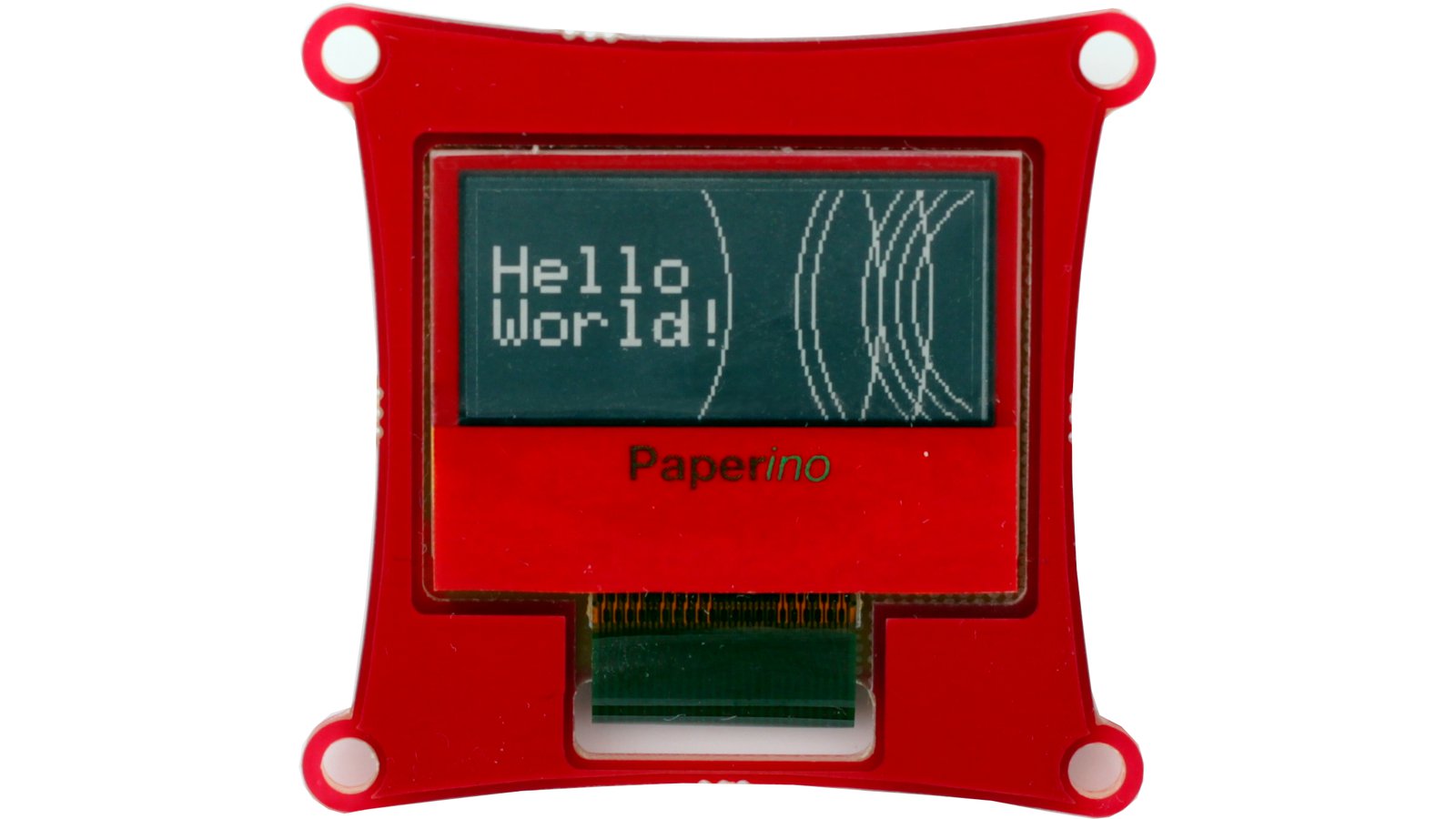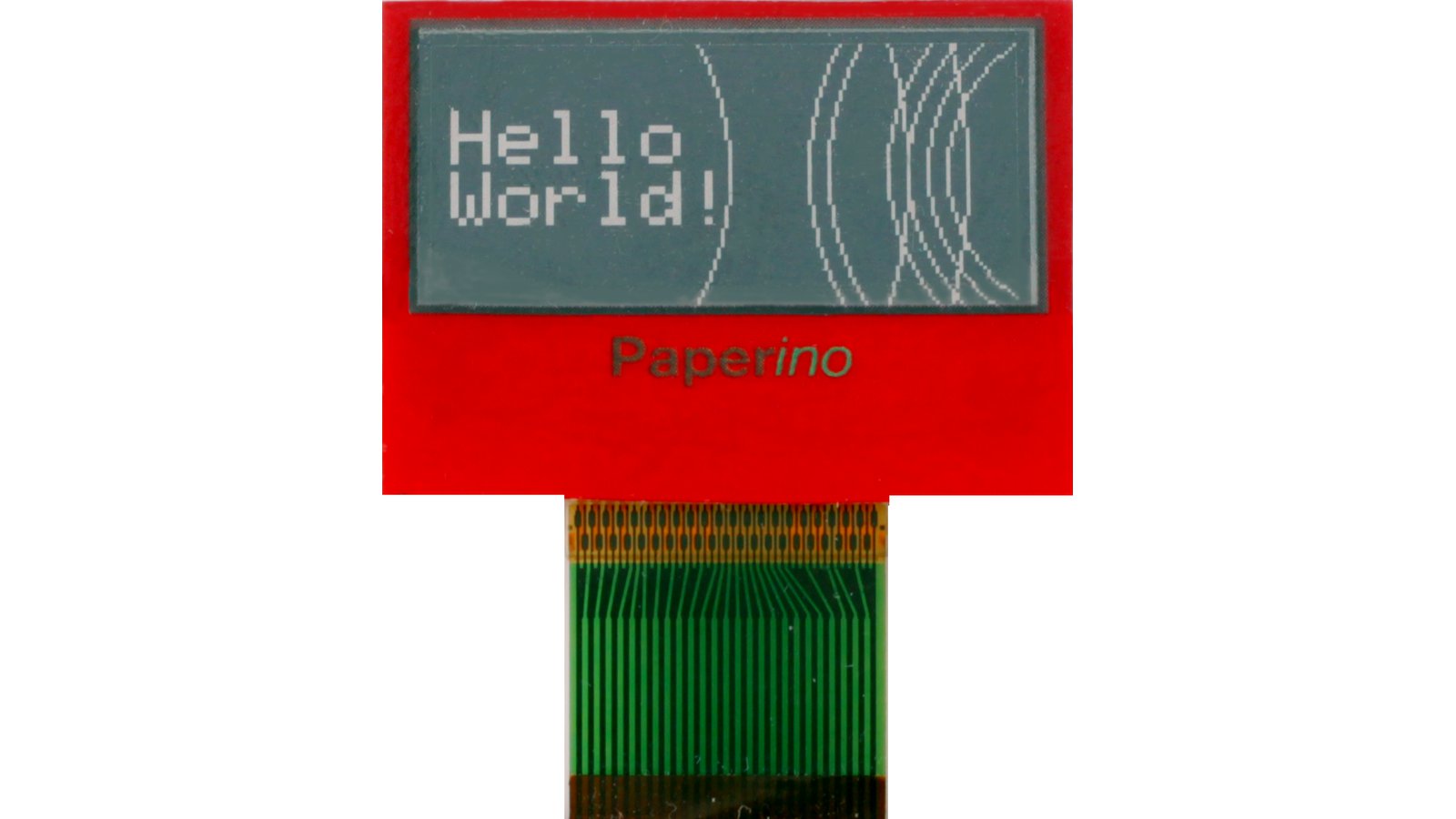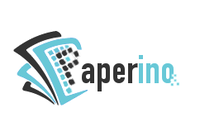Modern ePaper displays (EPDs) combine cutting edge technology with the known, century-old experience of paper. They can display text and graphics without any power, which makes them ideal for ultra-low power and battery driven projects. However, integrating an ePaper display into your project can be complex due to the need for several high voltages and waveforms. Paperino simplifies driving ePaper displays with clean, simple, and short script examples. This lets makers of all ages - from kids learning Arduino, to engineers and developers building with Particle, use ePapers for their next project!
A plug and play shield for the Particle family allows you to start playing with your Paperino using your own Photon, Electron, or Bluz without manual wiring.
Alternatively, a breakout board can be used to connect other Arduino-compatible micro-controllers with 3.3 V outputs and sufficient SRAM. It fits into breadboards, can stand up vertically, or can be screwed into your own individual housing.
Freely available, short, and easy scripts let you start your next project within minutes. Code examples are based on an Arduino-compatible, hardware-specific library from the great Adafruit GFX library. You don’t need to worry about waveforms or operating temperatures, everything is handled automatically in the background! Hookup tutorials and examples are available at our github repo.
A variety of unique features sets Paperino apart from the competition:
Paperino is lightweight and thinner than other ePaper products because it uses a glass-free ePaper display from Plastic Logic. It weighs 1.2 grams and is only 0.5 mm thick.
Unlike many other ePaper products out there, Paperino can support four gray levels instead of two (black and white).
You don’t have to wait for slow, full screen updates to load. With Paperino, you can quickly update only parts of the screen.
The integrated accelerometer lets you interact with your Paperino in all sorts of ways, including tap sensing. Tap sensing capability can trigger screen updates or wake up your microcontroller.
Paperino supports the UC8156-based ePaper display from Plasticlogic and Accelerometer BMA250E from Bosch. Communication for both devices is based on SPI/3.3 V. The Paperino shield is plug-and-play compatible with Photon, Electron and Bluz. The Paperino breakout board can be used for manually wiring your favourite, Arduino-compatible microcontroller with 3.3 V and >4kb of free RAM.
The PCB hardware is licensed under Creative Commons and the software library is licensed under GPL (BSD license (3-clause BSD)).
Visit the Paperino GitHub repository: https://github.com/RobPo/Paperino
PCB prototypes have been manufactured and have been tested successfully together with the software source code library. Apart from the display, all sourced components are standard parts - so the risk for the PCB assembly is pretty low. Shipping to backers will be from Crowd Supply’s warehouse in Portland, Oregon, USA. You can read about backing, ordering, and shipping policies in the Crowd Supply Guide.
The PCB components needed for Paperino are readily available from various suppliers. Only the ePaper display needs to be specially sourced. Bringing all the necessary parts together in time will be the main challenge for this project. The open source software library was successfully tested with the following microcontrollers: Photon, Electron, and Bluz. Support for more microcontrollers is planned for the near future.
"...comes with an accelerometer for tap-sensing functionality."
"The Paperino plug-and-play shield makes it easy to start tinkering with the Particle family or Bluz dev kit."
"Thanks to the plug-and-play shield for particle family, Paperino can be used with the following boards: Photon, Electron, or Bluz without manual wiring."
"Technologiebedingt verbraucht ein solches Display lediglich beim Umschalten Energie, beim Anzeigen jedoch nicht."
Produced by Robert Poser in Dresden, Germany.
Sold and shipped by Crowd Supply.

A universal ePaper breakout-board, ready to be wired-up on the breadboard with your own Arduino /-compatible MCU. Including accelerometer, temperature sensor, and ePaper display.

Includes one ePaper display. Without a Paperino driver board you will not be able to change the image content.

Maker & Listener. Passionate about flexible ePaper displays, ultra-low power strategies, selfpowered-devices & other sustainable stuff ;-)